
Dec 4, 2025 • 3 min read
It’s never been easier to travel to Uzbekistan, and if you need a visa, these tips will help you secure one.

Dec 4, 2025 • 3 min read
It’s never been easier to travel to Uzbekistan, and if you need a visa, these tips will help you secure one.
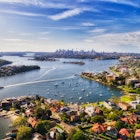
Dec 4, 2025 • 11 min read
Sydney has numerous districts to explore, each with their own distinct character. Here's our pick of the best.
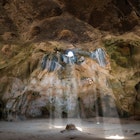
Dec 4, 2025 • 6 min read
Desert cacti, wild donkeys and natural pools await travelers on Aruba, where coastal views and historic sights make for a perfect hiking destination
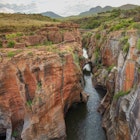
Dec 3, 2025 • 6 min read
South Africa is a diverse and wild place, with breathtaking landscapes, a beloved culture and wildlife beyond measure.

Dec 3, 2025 • 11 min read
From charming rural communities to expansive natural spaces, the best of Western Pennsylvania is yours to discover on a day trip from Pittsburgh.
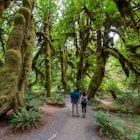
Dec 3, 2025 • 12 min read
Explore the stunning natural environment of Washington State with these top experiences.

Dec 3, 2025 • 11 min read
Key West’s charm, eccentricity and natural beauty make it a favorite of visitors. Here are a few of the top things to do on the island.

Dec 3, 2025 • 6 min read
Need a break from Havana’s urban clamor? Here are the best beaches that are just a short bus or taxi ride from Havana’s city center.

Dec 3, 2025 • 5 min read
Berlin’s bohemian attitude and fantastic roster of activities makes it a fun and stress-free destination for families.
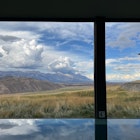
Dec 3, 2025 • 7 min read
A little bit cowboy, a little bit luxury, Jackson Hole, Wyoming is a year-round playground for travelers who traffic in both.

Dec 3, 2025 • 14 min read
It’s easy to take in many of Sydney’s most exciting highlights without spending a dime. Here’s are the best free things to do in Sydney.

Dec 3, 2025 • 6 min read
Use this guide to plan the perfect trip to Sydney no matter what time of year you're traveling.

Dec 3, 2025 • 6 min read
Sydney brims with experiences you’ll love doing with your kids. From hikes to museums to surfing, these are some of the best ones.

Dec 3, 2025 • 7 min read
From gazing down at the city from the Petronas Towers to trying local dishes at hawker stalls, here’s how to experience the best of Kuala Lumpur.

Dec 3, 2025 • 24 min read
Discover the best places to visit in Europe in 2026 – from Athens to Paris, Dubrovnik or Copenhagen. Find cultural icons, scenic escapes and top tips.
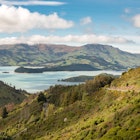
Dec 3, 2025 • 11 min read
On New Zealand's South Island, Christchurch is a gateway to explore Māori culture, architecture, art, beaches, gardens and so much more.

Dec 2, 2025 • 7 min read
Dubai is an ideal destination for winter sun, especially during Ramadan, which brings a calm yet festive vibe. Here’s all you can do.

Dec 2, 2025 • 9 min read
An Inner Passage cruise weaves through ports in Alaska to Glacier Bay National Park, the only national park you can see by cruise ship. Here's what to expect

Dec 2, 2025 • 9 min read
Explore the islands of the Grenadines, from luxury private islands and natural beauty to cultural traditions and music festivals worth returning to annually.

Dec 2, 2025 • 9 min read
The best time to visit Colorado depends entirely on what outdoor activities you want to try. Here's the lowdown on the seasonal delights you can expect.

Dec 2, 2025 • 6 min read
The Pyramids of Giza is a vast complex of architectural wonders shrouded in mystery. Here's how to get the most out of your visit.

Dec 2, 2025 • 6 min read
You'll find plenty of ways to keep your kids entertained in Cuba, from frolicking in the Caribbean sea to searching for wildlife and more.